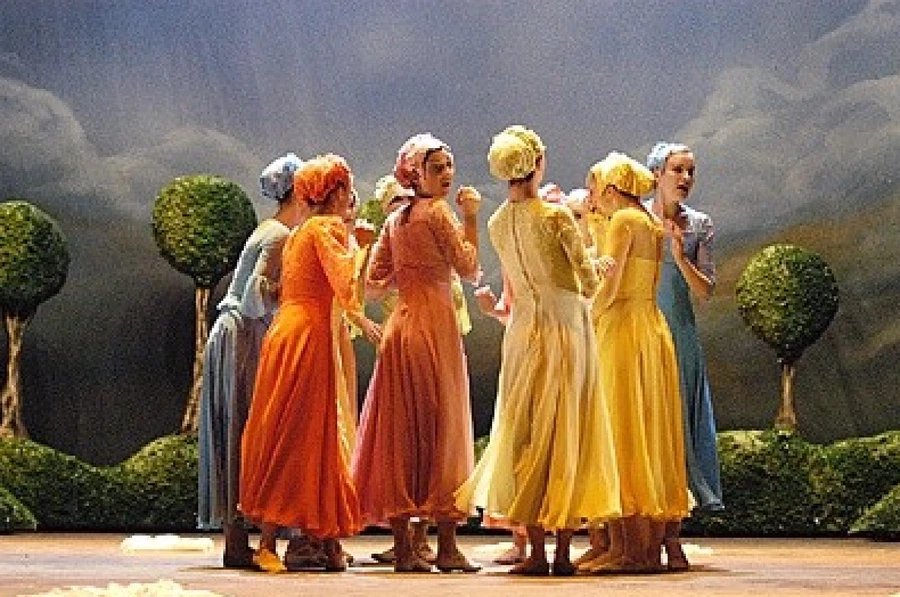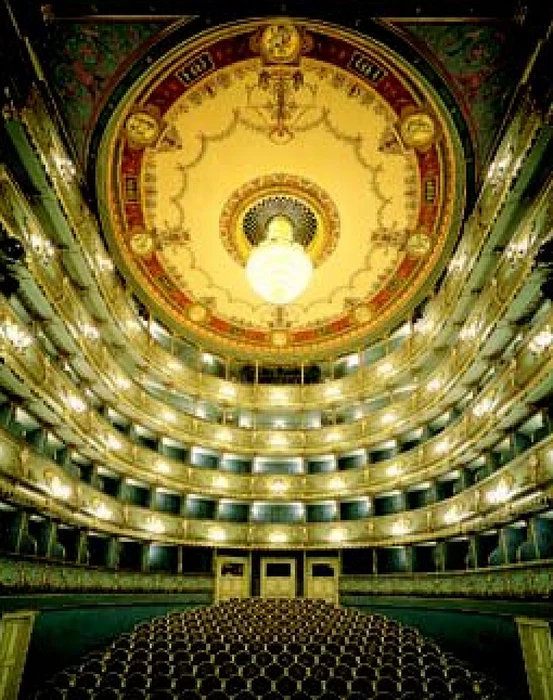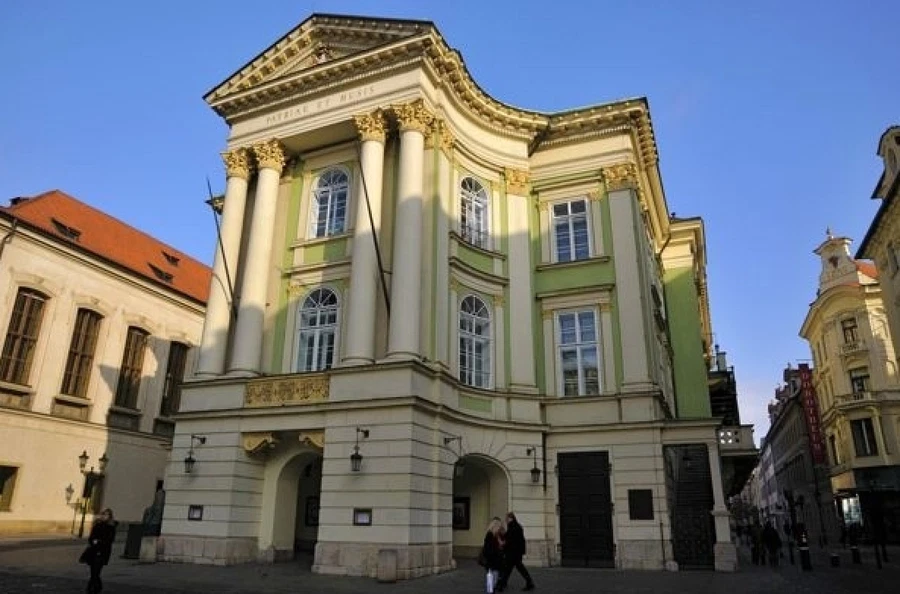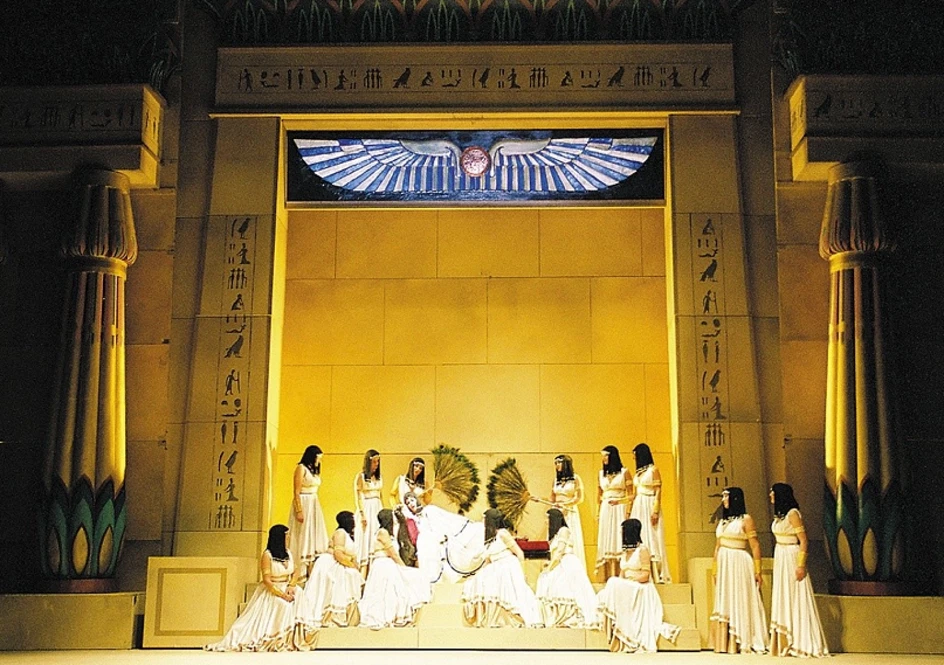- Lifestyle
- Prague
- Arts and Entertainment
- Theaters and Classical Music Venues
- Estates Theater
Estates Theater
A favorite of Wolfgang Amadeus Mozart, the acclaimed Estates Theater with its signature green and cream facade sits just between Wenceslas Square and Old Town Square and is adjacent to the Karolinum, directly in the center of Prague.
One of Europe’s most charming and elegant venues, the Estates Theater was built to enhance the beauty and artistic character of Prague, which it certainly does with its 18th century music box-like charm. With its dark teal and gold interior, and its unique chandelier set in the middle of a beautifully decorated ceiling, this theater exudes elegance. Count Frantisek Antonin Nostitz Rieneck’s generosity, and his devotion to the Enlightenment with its ideas of making the arts accessible to all, prompted his funding of the construction of this neo Classic theater. The Estates Theater is one of the only theaters in Europe today of its era which is still preserved in its nearly original state. Above the door visitors can still read the original inscription Patriae et Musis (to the Fatherland and the Muses). At that time it was called the Count Nostitz Theater, and it opened with Emilia Galloti by Lessing in 1783. Subsequently, the now renamed Estates Theater has been home to some very auspicious performances, not least of which include the first rendition of the song Where is my Home (later to become the Czech National Anthem), and the world premiere of Mozart’s Don Giovanni which was first conducted by Mozart himself on October 29th, 1787, as well as the subsequent premiere of La Clemenza di Tito in 1791, again conducted by Mozart. Mozart truly loved the Estates Theater, and conducted the Marriage of Figaro in 1787 here as well. The Estates Theater regularly puts on Don Giovanni in honor of its special relationship with Mozart, and music lovers in Prague should not miss the performance. Originally most of the Estate Theater’s performances were staged in German and Italian, as was the fashion of the day, and also owing to Count Nostitz’s German background. The Estates Theater was never exclusive of Czech performances however, and some of the best and brightest names in Czech drama and music have had their work performed here. After becoming part of the National Theater in 1920, drama took over as the predominant performance type, although today the theater is proud to focus on not only on dramas and music, but also on ballet as well.
-
Address
Ovocný trh 1, Praha 1
-
Phone
-
Web
www.narodni-divadlo.cz
More theaters and classical music venues

Smetana Hall - Municipal House
The Municipal House’s acclaimed Smetana Hall represents a perfect combination of high Art Nouveau style and beauty with a function unmatched by other classical music venues in Prague.The largest of Prague’s concert halls, with its seating capacity of 1200 seats, reverbe...
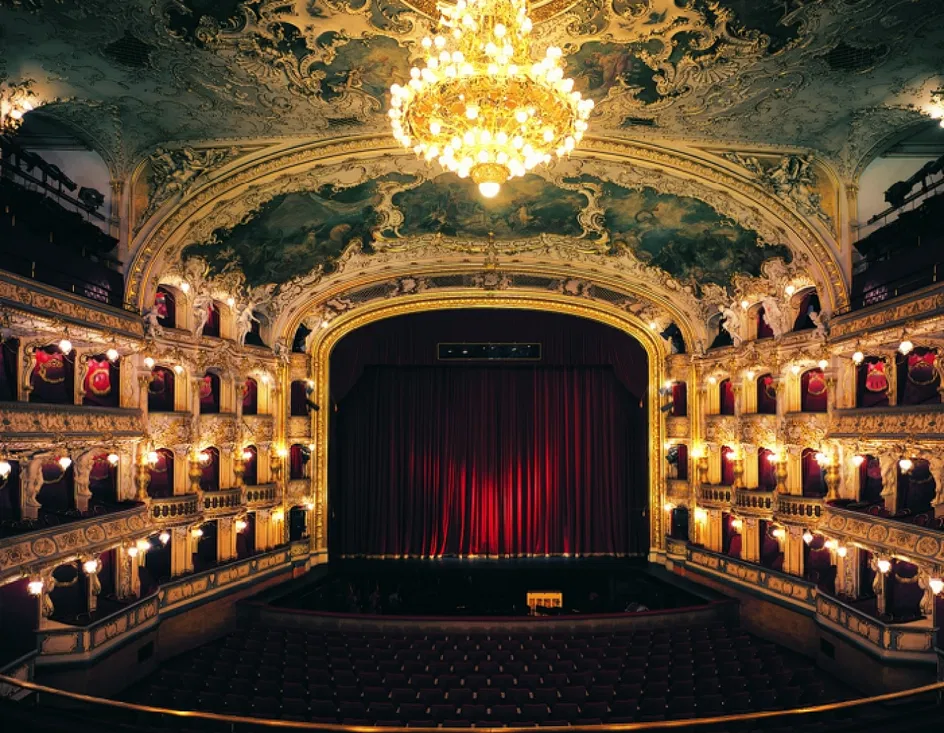
State Opera Praha
First known as the German Theater, this gem of the Prague operatic scene was opened on January 5th, 1888 with a production by Wagner, expressly for the German artists in Prague who had previously been performing at the Estates Theater and longed for their own space, spu...

Smetana Hall - Municipal House
The Municipal House’s acclaimed Smetana Hall represents a perfect combination of high Art Nouveau style and beauty with a function unmatched by other classical music venues in Prague.The largest of Prague’s concert halls, with its seating capacity of 1200 seats, reverbe...

State Opera Praha
First known as the German Theater, this gem of the Prague operatic scene was opened on January 5th, 1888 with a production by Wagner, expressly for the German artists in Prague who had previously been performing at the Estates Theater and longed for their own space, spu...

Smetana Hall - Municipal House
The Municipal House’s acclaimed Smetana Hall represents a perfect combination of high Art Nouveau style and beauty with a function unmatched by other classical music venues in Prague.The largest of Prague’s concert halls, with its seating capacity of 1200 seats, reverbe...
